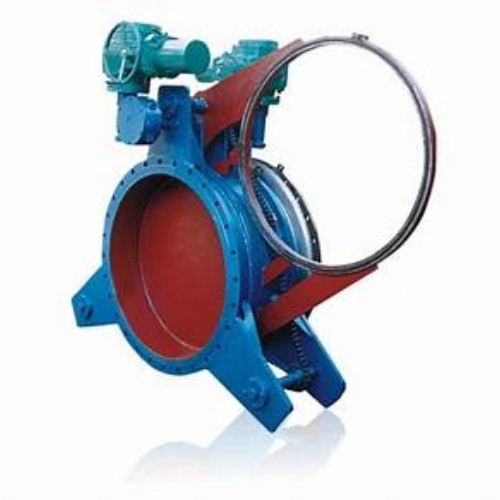Understanding the Functionality and Benefits of Sink Foot Valves in Plumbing Systems
Understanding Sink Foot Valves Functionality and Importance
In various applications, particularly in plumbing and drainage systems, the term sink foot valve is often mentioned. While many are familiar with standard valves, the specific role and significance of a foot valve may not be well understood. This article aims to illuminate the functionality of sink foot valves, their role in water systems, and why they are crucial for maintaining efficient plumbing.
What is a Sink Foot Valve?
A foot valve is a type of check valve typically installed at the bottom of a pump system or water source. Its primary function is to prevent the backflow of water when the pump is not in operation. Unlike other valves, a foot valve is designed to be submerged in the fluid it controls, hence the name foot.
Foot valves are equipped with a strainer on the inlet side to prevent debris and sediment from entering the pump. This feature is essential as it helps maintain the longevity and effectiveness of the pump, ensuring a reliable water supply.
How Does a Sink Foot Valve Work?
The operation of a sink foot valve is relatively straightforward. When the pump operates, water is drawn through the foot valve. The increase in pressure allows the valve to open, permitting the flow of water into the pump. Conversely, when the pump ceases to work, the valve’s weight and the water pressure prevent any backflow, effectively keeping the water within the system. This mechanism is vital for certain settings, like in a sump pump in a basement or water collection tanks connected to sinks.
The Importance of Foot Valves in Plumbing Systems
sink foot valve

1. Prevention of Backflow One of the primary functions of a sink foot valve is to prevent backflow. This is particularly crucial in preventing contamination of clean water sources. A foot valve acts as a barrier, ensuring that water does not flow backward into the system, which can be hazardous.
2. Maintaining Prime In suction pumps, maintaining prime is essential for operation. A foot valve helps keep the pump primed by retaining water in the line. This is particularly important when the pump is off, as it reduces the time taken to start the pump when needed.
3. Protection Against Debris The built-in strainer of a foot valve serves an important protective role. It filters out particles and debris that could potentially clog the pump or the plumbing system. By keeping these unwanted materials at bay, foot valves contribute significantly to the longevity of the pumping system.
4. Efficiency and Reliability When properly installed and maintained, foot valves can significantly enhance the efficiency of a plumbing system. They reduce the frequency of pump cycling, which decreases wear and tear and improves the overall reliability of the system.
Conclusion
In summary, a sink foot valve may seem like a small component in the grand scheme of plumbing, but its role is exceedingly vital. By preventing backflow, maintaining prime, protecting against debris, and enhancing efficiency, foot valves ensure that water systems operate smoothly and reliably.
Recognizing the importance of these valves can lead to better maintenance practices in plumbing systems. If you are involved in maintaining or installing water systems, understanding the function and installation of sink foot valves is essential. Properly functioning foot valves can lead to long-lasting and trouble-free operation, making them a silent hero in the world of plumbing.
-
The Key to Fluid Control: Exploring the Advantages of Ball Valves in Industrial SystemsNewsJul.09,2025
-
The Versatile World of 1, 2, and 3 Piece Ball ValvesNewsJul.09,2025
-
Stainless Steel Ball Valves: The Ideal Choice for Efficient Flow ControlNewsJul.09,2025
-
Optimizing Fluid Control with Ball Float ValvesNewsJul.09,2025
-
Manual Gate Valves: Essential for Control and EfficiencyNewsJul.09,2025
-
Everything You Need to Know About Butterfly ValvesNewsJul.09,2025
-
The Versatility of Wafer Type Butterfly ValvesNewsJul.08,2025




